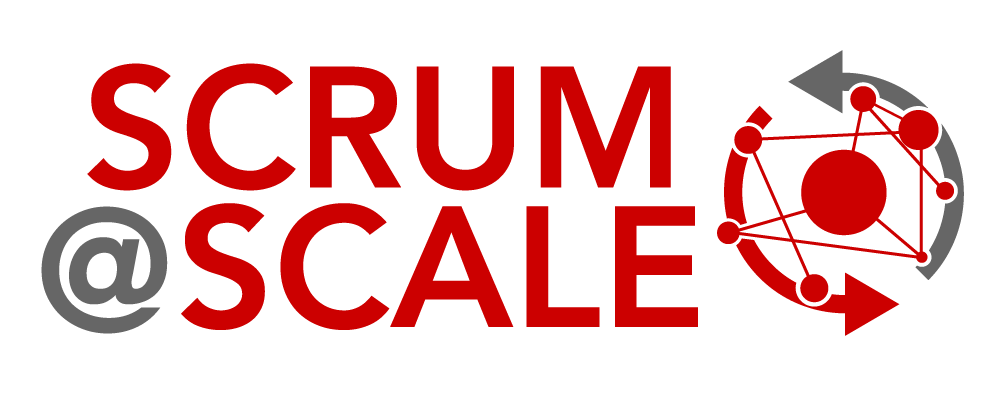Agile Education Case Study
From Good to GrEAT with Chris Norris
Discover how Chris Norris dramatically improved the eStore development process for a large food and beverage company through the creation of an Executive Action Team (EAT). This case study demonstrates a leap from good to great, showcasing the power of agile transformation in a complex organizational environment.
CASE STUDY SNAPSHOT
Trainer Name: Chris Norris
Organization: NDA
Industry: Food and Beverage & Software Development
Organization Size: Large
Topic: Executive Action Team (EAT)
Date: 2018
Website: https://www.linkedin.com/in/chris-norris-uk/
Case Study Summary
Discover how Chris Norris dramatically improved the eStore development process for a large food and beverage company through the creation of an Executive Action Team (EAT). This case study demonstrates a leap from good to great, showcasing the power of agile transformation in a complex organizational environment. This Scrum@Scale implementation demonstrates showcases the power of agile transformation in a complex organizational environment.
Executive Action Team’s Role in Scrum@Scale Implementation: Transforming Collaboration and Coordination
In 2018, a prominent global company faced significant challenges in its eStore development process. Hindered by traditional methods, the organization experienced stifled creativity, unpredictable release schedules, and a lack of collaboration. Recognizing the need for change, Chris Norris spearheaded an agile transformation with the establishment of an Executive Action Team (EAT) to lead the transition towards Scrum@Scale practices.
The Solution: Creating an EAT
Norris’s approach focused on leveraging the success of an existing cross-functional team, utilizing it as a reference model for broader organizational change. The formation of the EAT was a pivotal first step, setting the stage for a culture of leadership by example and establishing the Executive Action Team’s role in the Scrum@Scale implementation. Through targeted Scrum training, coaching, and the creation of a unified transformation backlog, the initiative quickly gained momentum. The Executive MetaScrum (EMS) further enhanced strategic alignment, while new Agile contracts encouraged collaboration among System Integrators.
With a fresh one-team mentality, the new Agile Contracts for System Integrators moved away from silos, improved collaboration and became outcome based. The Scrum of Scrum (SoS) and Scaled Daily Scrum (SDS) helped to build trust and facilitate collaboration. Stable cross-functional teams were developed resulting in a reduction in locations. Funding shifted from project guiding to product investment. Prioritization, visualization and cost-of delay (CoD) planning increased value and velocity while reducing impediments.
Outcomes from Implementing Scrum@Scale
Within the first six months, Chris’ teams saw vast improvements. The journey progressed with a continuous improvement mindset enabling the tackling of “big, hairy, audacious” goals and resulted in unleashed creativity. Some key results included:
- Went from one major release every 6 months to two major releases every month
- The first major release went live with zero defects – a first
- Releases were delivered at a consistent and predictable pace
- Stable cross-functional teams were created
- Funding sifted from project funding to product investment with a time sink reduction
- Collaboration and communication both increased
- A continuous improvement mindset was used to further accelerate the teams
Who Is Chris Norris
Registered Scrum and Scrum@Scale Trainer Chris Norris has over 19 years of product management experience. He has specialized in technical research and development, procurement, forecasting, store front-end operations, research and analytics, and web design. Chris has a great passion for learning, discovering new technology, and solving problems. Chris facilitates the use of Scrum@Scale Agile practices to enhance creativity and improve overall delivery.
More Scrum@Scale Case Studies
Enhancing Agile Workflows with Shorter Planning Cycles
Remote Startup Success: From Firefighting to Results
Agile Education Case Study Remote Startup Success: From Firefighting to Results This case study focuses on a remote startup that faced challenges with disorganized workflows, team burnout, and a lack of a clear product vision. The startup had no Product Owner, leading...
Improve Predictability and Performance: Using Aggregated Velocity Data in Scrum@Scale
Agile Education Case Study Improve Prioritization and Performance: Using Aggregated Velocity Data in Scrum@Scale This case study explores how aggregated velocity data was used to improve the performance, prioritization, and predictability of engineering teams in a...



